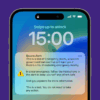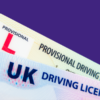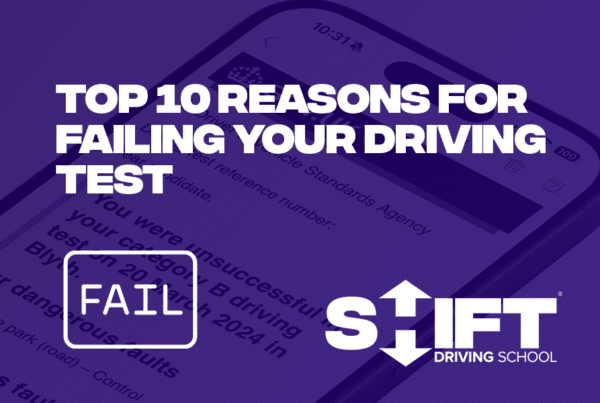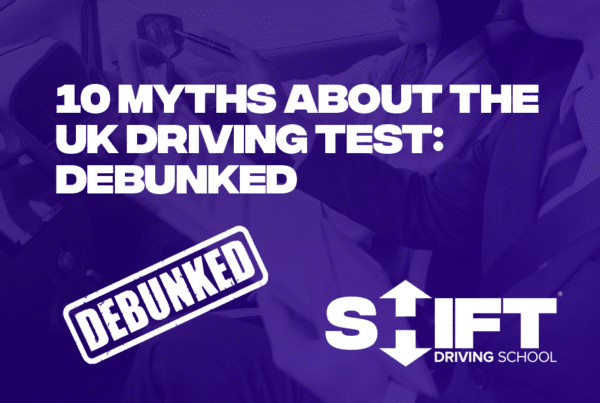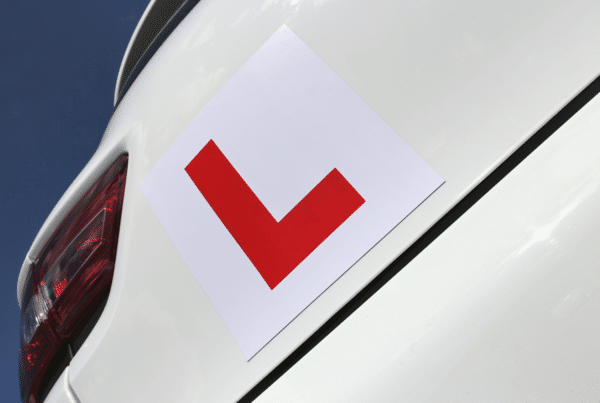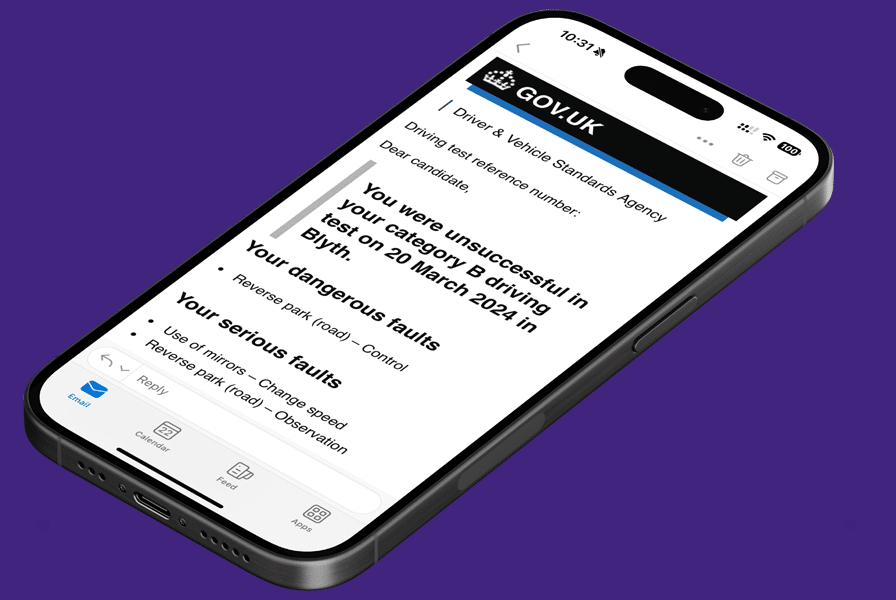
Taking your driving test is an exciting milestone, but it’s essential to know what can trip you up. While mastering the skills needed to pass is crucial, equally important is understanding the faults that could cause you to fail. This guide will walk you through the different types of driving test faults, explain common mistakes, and help you feel more confident on test day.
During your driving test, the examiner will be assessing your performance against certain standards. Any time your driving falls short of these expectations, it’s recorded as a fault. Faults are categorized into three types:
Driving Faults (Minors)
Less critical, these faults don’t pose an immediate danger but are mistakes that could become more serious if repeated or if they’re part of a pattern.
Serious Faults
These faults indicate that your driving has the potential to be dangerous, even if it didn’t result in an immediate hazard during the test.
Dangerous Faults
These are the most severe. A dangerous fault happens when your actions create an immediate risk to safety—whether it’s to yourself, your examiner, or others on the road.
Driving faults, commonly called ‘minors,’ are less severe and typically don’t pose an immediate threat. However, if you rack up more than 15, it’s game over. Plus, if you repeatedly make the same minor mistake, it might be escalated to a serious fault, which could lead to a fail.
The last two, dangerous and serious faults, are often referred to as ‘majors.’ Committing even one of these will result in an automatic fail.
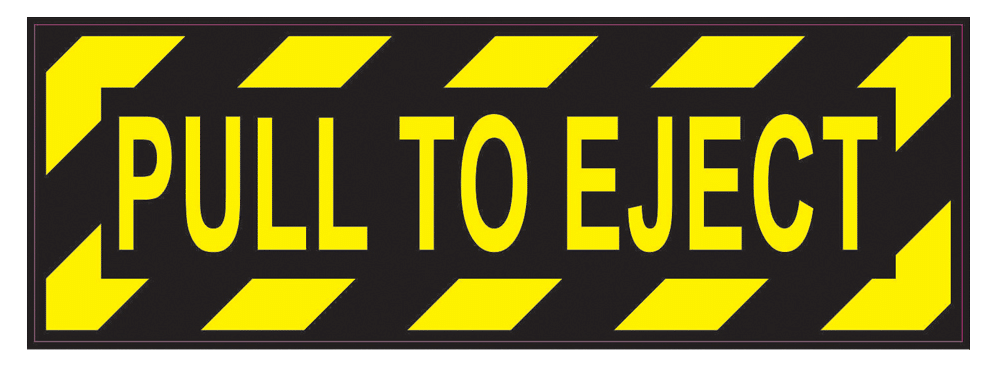
Common Mistakes to Avoid
While the types of faults are important, what really matters is understanding the specific actions that can lead to these faults. Here are some of the most frequent mistakes made by candidates:
- Lack of Proper Observation: Whether it’s at junctions or while changing lanes, not being fully aware of your surroundings is a common reason for failure. Always remember to check your mirrors and blind spots.
- Poor Mirror Use: Failing to use your mirrors correctly before making turns or lane changes is a small but significant error that can add up.
- Inconsistent Steering Control: Maintaining proper control of the vehicle is essential. This includes keeping both hands on the wheel and making smooth, controlled turns.
- Incorrect Positioning at Junctions: When turning right, especially at busy junctions, make sure you’re positioned correctly and not rushing your maneuvers.
- Unsafe Start: When moving off, it’s crucial to check mirrors and blind spots to ensure it’s safe to do so. Neglecting this routine can quickly lead to a fault.
These mistakes might seem minor, but they can easily add up or escalate, especially under the pressure of a test.
Will the Examiner Stop the Test for a Fault?
One concern many candidates have is whether a mistake means the test will be cut short. The truth is, examiners usually allow you to complete the test unless a fault makes it unsafe to continue. For instance, failing the eyesight test at the beginning or committing a dangerous fault might lead to an immediate termination of the test. However, most faults won’t result in your test being stopped prematurely.
By familiarizing yourself with these faults and common mistakes, you’ll be better prepared to avoid them on test day. Stay calm, stay focused, and remember—every successful driver started exactly where you are now. Good luck!
Frequently Asked Questions
How many minor faults equal a fail?
You can accumulate up to 15 minor faults during the test. However, if you exceed this number, or if multiple minor faults suggest a recurring issue, you will fail.
Can repeated minor faults turn into a serious fault?
Yes, if you make the same minor fault repeatedly, the examiner might consider it a serious issue, especially if it poses a potential danger.
What leads to an instant fail on a driving test?
Any dangerous or serious fault results in an immediate fail. These faults indicate that your driving is unsafe, either due to an immediate risk or a significant potential hazard.
Can I fail if I stall the car?
Stalling isn’t an automatic fail unless it causes a dangerous situation, like obstructing traffic. The key is to handle the situation calmly and safely.
Does coasting lead to a fail?
Coasting (driving with the clutch down or in neutral) isn’t ideal. Whether it results in a fail depends on how often it occurs and whether it affects your control of the vehicle.
Can I fail if I get the show me, tell me questions wrong?
These questions won’t cause you to fail outright. Getting them wrong might result in a minor fault, but they’re not the main focus of the test.
What happens if I mess up a manoeuvre?
Your manoeuvres don’t have to be perfect, but they should be controlled and safe. If you realize you’ve made a mistake, it’s often better to correct it calmly than to panic.
What’s the waiting period after a failed test?
If you failed your test and want to resit it. You have to choose a date at least 10 working days away.



